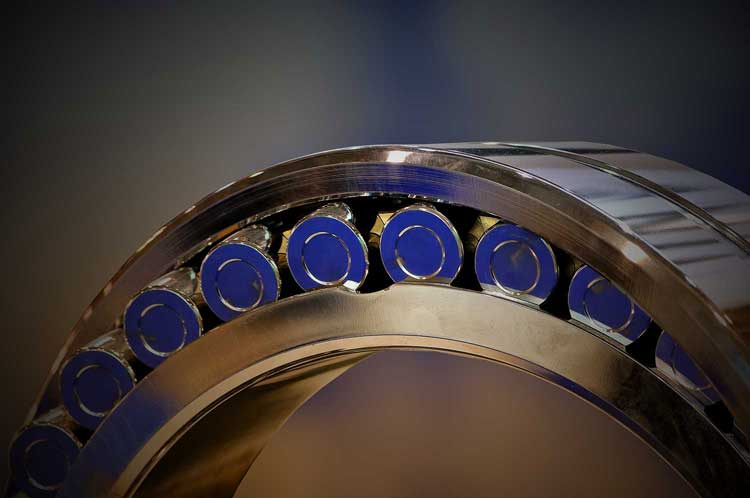Main bearings deployed in the field may fail after 6 to 10 years of operation, leading to costly $150,000 to $300,000+ replacements. If an operator experiences multiple main bearing failures in a budget year, that can bleed heavily into profit margins.
The costs associated with long lead times on replacement main bearings, the logistics of shipping from manufacturer to site, the price of the new main bearing, the staffing requirements, the loss of power production… all of these factors impact the bottom line. The industry has been looking for ways to predict main bearing failures and reduce these failure rates within their fleet.
Conventional computational models that determine wear rate, require experiments to determine wear coefficient and macroscale inputs for a Finite Element Analysis (FEA) model or empirical equations that generate a deterministic bearing life. However, history shows that tribology-related failures are very complex and probabilistic in nature.
Sentient’s DigitalClone software simulates the main bearing under the site’s operational conditions to determine how loading events impact its wear rate. Sentient’s approach uses materials science and multi-physics based wear models combined with contact mechanics and lubrication models to determine probabilistic failures and the long-term prognostics of the wind turbine.
For more information, download Sentient’s webinar “Understanding Main Bearing Failures.”
